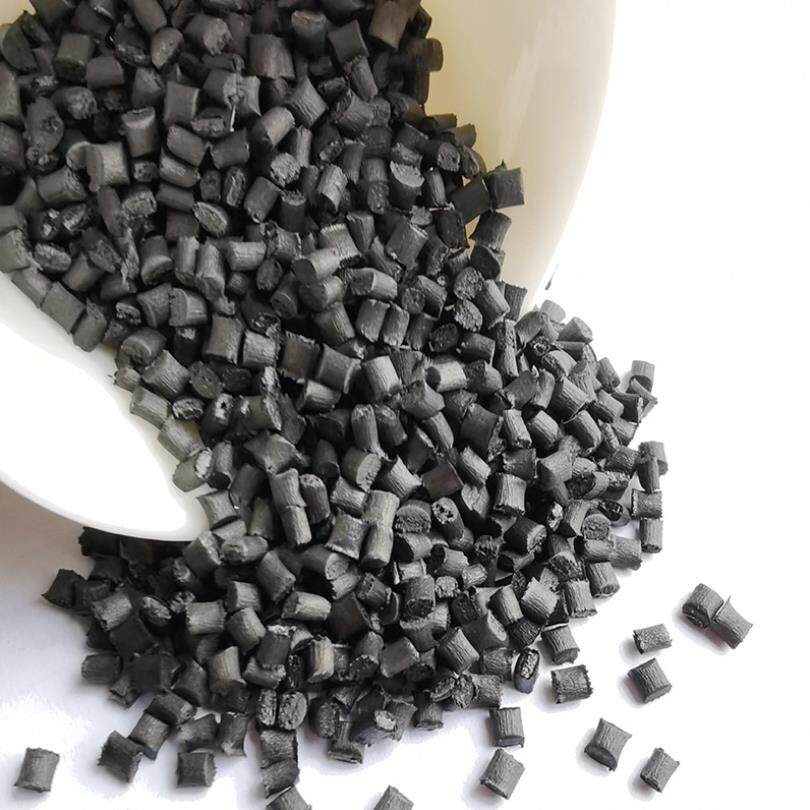Error de formato de correo electrónico
emailCannotEmpty
emailDoesExist
pwdLetterLimtTip
inconsistentPwd
pwdLetterLimtTip
inconsistentPwd

Offer Technical Support and Customized Solutions
The company is committed to creating new and improved plastic materials to meet the evolving demands of the market.

The Manufacturing Process of PA66 Composite Materials and a Comparative Analysis with Other Engineering Plastics
Introduction
Polyamide 66, commonly referred to as PA66, stands out as a high-performance engineering plastic renowned for its exceptional mechanical properties and thermal stability. When we delve into the realm of PA66 composite materials, we discover a world where the base PA66 resin is blended with an assortment of additives or reinforcements to enhance its properties, tailoring it to meet specific applications.
In this comprehensive blog post, we will embark on a journey that explores the intricacies of the manufacturing process for PA66 composite materials. We will also unravel the art of selecting the most suitable PA66 composite for distinct applications and conduct a comparative analysis, pitting PA66 against other formidable engineering plastics such as PA6 and PPS.
The Manufacturing Process of PA66 Composite Materials
PA66 composite materials undergo a meticulous and multifaceted manufacturing process involving the amalgamation of the base PA66 resin with a carefully chosen array of additives or reinforcements. Here's an in-depth look at the typical sequence of events in this process:
1. Base Resin Selection: The inception of the process centres around the selection of an appropriate PA66 resin with the desired molecular weight and inherent properties. This base resin acts as the fundamental building block upon which the composite is constructed.
2. Incorporation of Fillers or Reinforcements: Various additives are judiciously incorporated into the base resin to augment specific properties. These additives often encompass an assortment of reinforcements, including glass fibres, carbon fibres, minerals, and flame retardants. The choice of these additives is guided by the intended application's prerequisites.
3. Mixing and Compounding: The base resin and additives are subjected to an intricate dance of mixing and compounding, achieved through extrusion or melt-blending techniques. This meticulous process ensures a uniform dispersion of additives throughout the resin, a vital aspect for achieving consistent properties.
4. Pelletization: The compounded material is then transformed into small, uniform pellets, facilitating easy transport and storage. These pellets serve as the raw material for the subsequent stages of the manufacturing process.
5. Injection Moulding: The culmination of the journey involves the melting of the pellets and their injection moulding into the desired shapes or components. This step plays a pivotal role in determining the dimensional accuracy of the final product, making it a critical aspect of the process.
Selecting the Right PA66 Composite for Specific Applications
Choosing the most suitable PA66 composite material for a particular application is paramount to achieving the desired performance outcomes. Several key considerations come into play:
1. Application Requirements: Begin by meticulously identifying the specific requirements of your application, encompassing aspects such as mechanical strength, heat resistance, chemical compatibility, electrical properties, and dimensional stability.
2. Additive Selection: The selection of additives or reinforcements should align harmoniously with the application's demands. For instance, if high mechanical strength is imperative, the incorporation of glass fibre reinforcement may be an optimal choice. Conversely, flame retardants might be essential for applications with stringent fire safety standards.
3. Processing Method: Take into account the manufacturing processes integral to your application. Certain PA66 composites may be better suited for processes such as injection moulding, while others may be optimised for extrusion or blow moulding.
4. Cost Constraints: While aiming for peak performance is commendable, it's imperative to strike a balance between performance requirements and budget constraints. Some high-performance additives can substantially escalate the overall cost of the composite, necessitating careful financial deliberation.
Comparing PA66 with Other Engineering Plastics
Within the realm of engineering plastics, PA66 is but one option among a plethora of choices. To make informed decisions, let's juxtapose PA66 with two other prominent engineering plastics: PA6 and PPS.
1. PA66 vs. PA6: PA66 exhibits superior mechanical properties, including higher tensile strength and improved heat resistance when compared to PA6. Additionally, PA66 boasts enhanced chemical resistance, rendering it suitable for automotive and industrial applications where exposure to harsh environments is commonplace.
2. PA66 vs. PPS: While PPS (Polyphenylene Sulphide) boasts exceptional chemical resistance and the ability to withstand higher temperatures compared to PA66, the latter often takes the lead in terms of impact resistance. Moreover, PA66 generally offers a more cost-effective solution for a multitude of applications.
Conclusion
PA66 compound materials epitomise versatility and are celebrated across various industries for their exceptional properties. Gaining insight into the intricacies of the manufacturing process, coupled with the ability to select the most fitting PA66 composite for specific applications, is paramount for achieving optimal performance. Furthermore, by juxtaposing PA66 against other engineering plastics such as PA6 and PPS, engineers and manufacturers can make well-informed decisions when navigating the labyrinth of material selection for their projects.

